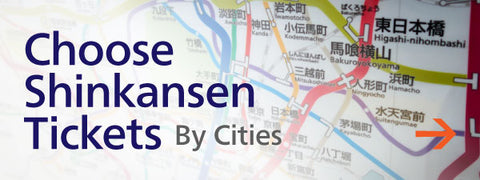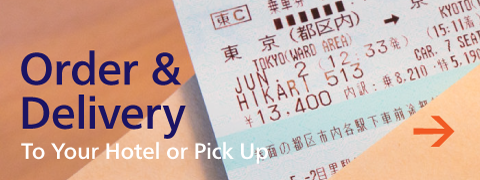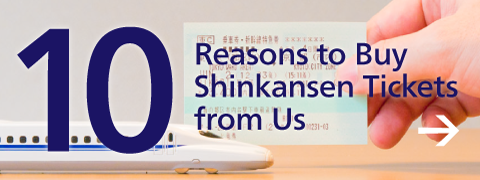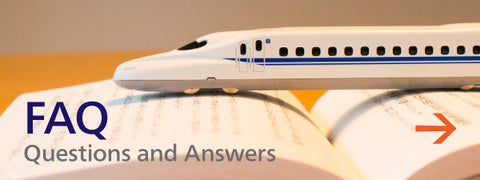COVID-19 & Public Transporation in Japan

COVID-19 & Public Transporation in Japan
The new coronavirus, COVID-19 has become a global concern, and the Japanese media has also dealt with the new coronavirus as top news every day.
The up-to-date information of the Ministry of Health, Labour and Welfare in Japan is HERE.
Although the number of tourists around the world is decreasing, as of the end of February 2020, public transportation in Japan operates as usual.
The official announcement from public transport companies as follows:
Mask Culture in Japan

When you get off at the airport in Japan and get on the train, you may be surprised to see that most of the local people are wearing masks.
Ordinarily, Japanese people tend to wear masks especially during winter and spring.
One of the reason is that it is due to the notorious morning commuter train in Tokyo. Since people have to get on a very crowded train during the commuting hours, some people use masks for precaution not to get any cold or flu from someone else. Also, some people wear masks so that they do not pass on to others when they have a cold.
Another reason is hay fever. In Japan, many people are suffering from hay fever. Especially cedar pollinosis is very prevalent in spring due to cedars planted in large quantities in Japan after World War II.
In many countries in the world, it may be rare to wear masks outside, and only healthcare professionals or patients with severe illness wear masks. However, due to the reasons above, wearing a mask is as common as wearing gloves or a hat.
Lack of Masks
On the other hand, we are currently facing a severe lack of masks since people who don't usually use masks have begun to use them.
As mentioned above, Japanese people have traditionally used masks for such small etiquette and prevention.
However, they usually use them only when commuting or working inside their own offices as the service industry had tended to think that it may be rude to provide services to customers with wearing masks.
However, with the spread of the new coronavirus, people in all service industries have begun wearing masks such as station staffs, taxi and bus drivers, hotel staffs, store clerks etc.
Therefore, when you come to an airport or station in Japan and see that everyone is wearing a mask, it may look strange. However, it never means all the people are sick. Most people wear masks for their prevention.
Where to buy masks and sanitary goods in Japan?
Since Japan has a severe lack of masks now, if you visit Japan, we recommend that you purchase masks in your own country and bring them to Japan.
On Shinkansen, wet towels are distributed in Green Class or Gran Class only, and not in regular reserved seats or unreserved seats. So, If you would like to wipe your hands frequently, we recommend bringing any sanitizers by yourself. Sanitary wipe sheets, or sanitary gels are also out of stock in Japan.
Call Center in case of emergency
Japanese government introduce the call center for international tourists in case of emergency.
Japan National Tourism Hotline (24H)
Phone number: 050-3816-2787
Business Hours: 24 hours
Language: Engish, Chinese, Korean and Japanese available
Emergency information (illness, accident, etc.), disaster information, general tourist information
About Us: Shinkansen Ticket Online Booking
You can book Shinkansen/Bullet train tickets online HERE. We purchase tickets for you and deliver to your hotel. Reserve your tickets/seats without the hassle.







